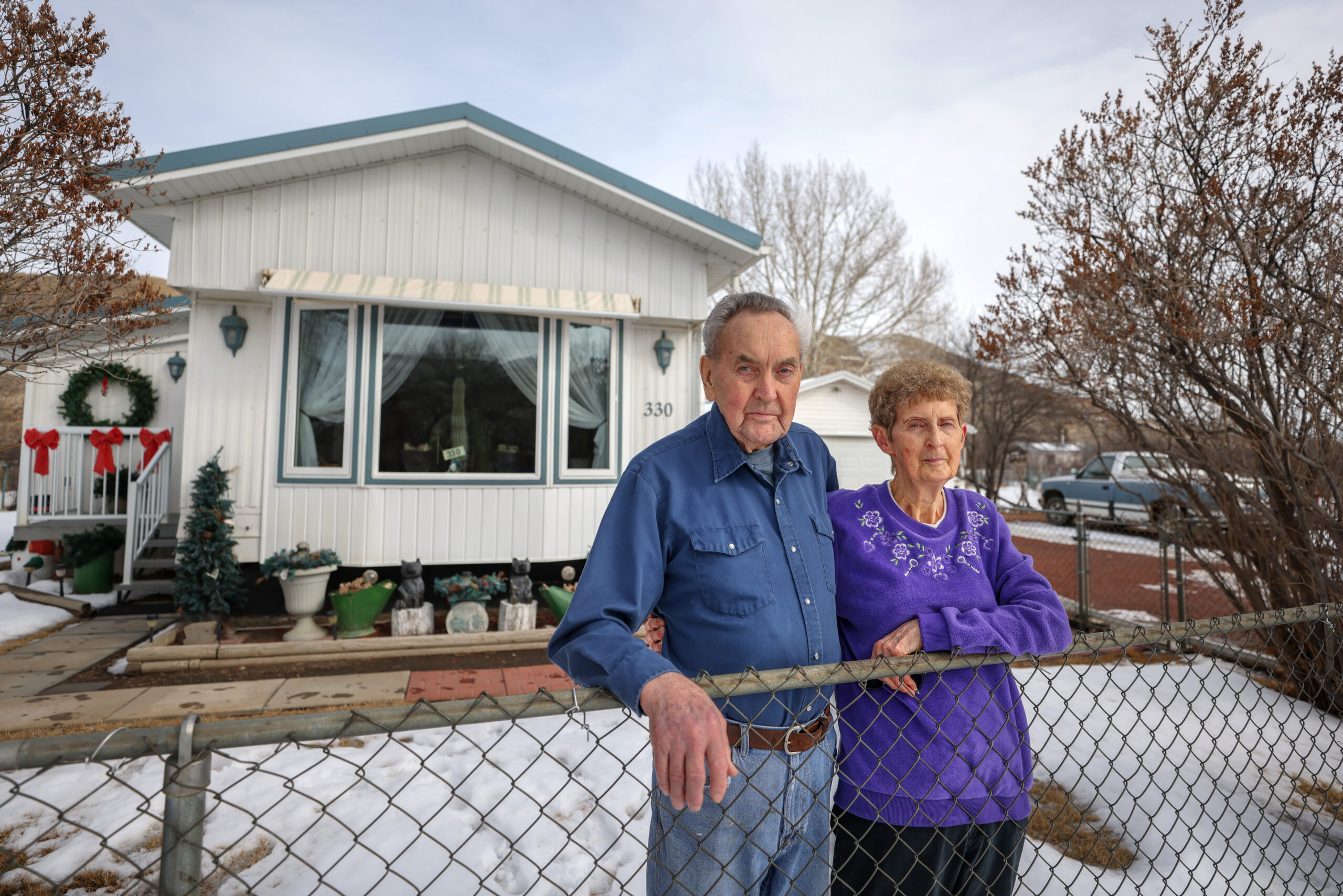
Rocky Mountain coal mine in Alberta takes next step to expansion
In Alberta, a massive open-pit coal mine near Jasper National Park is hoping to expand...
What’s a close-knit bond between industry lobbyists and government officials to the worsening climate crisis? A lot, evidently. Those relationships are not easy to keep track of, or even explain — so The Narwhal’s climate investigations reporter Carl Meyer hopped on-air with Ontario reporter Fatima Syed to make sense of it all.
Oh, that’s right — our friends at The Big Story podcast invited us to come talk about this year’s, um, biggest stories from The Narwhal for a week’s worth of episodes from Nov. 14 to 18!
The Big Story podcast breaks down complex stories, or ones you might not come across easily, for thousands of listeners every day. Take it from Fatima, who said she was trying “not scream into the microphone” as she learned about how lobbying impacts climate policy.
“That’s exactly why I’m so excited to share our national coverage on the climate emergency we do on a daily basis with The Big Story’s audience,” Fatima, who will be filling in as host, told me.

The worsening climate crisis shows up in different ways in Canada — from the loss of housing in flood-prone communities to a biodiversity crisis that has hundreds of species on the brink of extinction.
And at The Narwhal, we’re a bunch of nerds who are determined to find solutions across the country and bring them to you — and that’s why this Big Story week is so exciting.
Not all of the crew is new to the show; northwest B.C. reporter Matt Simmons spoke with show host Jordan Heath-Rawlings this summer about the ongoing conflict on Wet’suwet’en territory.
Coming up on a year after photojournalist Amber Bracken’s arrest, Matt will share what it’s like covering the tensions today — including his own experience of being threatened with arrest.
So, from Nov. 14 to 18, we’ll bring you in-depth discussions about the natural world from Ontario to B.C. — tune in on your favourite podcast app or come back to this page next week, when we’ll be posting fresh episodes every day.
You’ve heard of Coastal GasLink: it’s the name of a fracked-gas pipeline under construction in northern B.C. The project, spearheaded by Calgary-based TC Energy, spans 670 kilometres and crosses mountain passes, salmon rivers and Indigenous lands. Those lands include around 190 kilometres of Wet’suwet’en territory, where Hereditary Chiefs have long opposed this project that’s being built without their consent. A year after the RCMP conducted raids and arrested more than 30 land defenders and two journalists, TC Energy is now drilling and laying pipe under a sacred Wet’suwet’en river — and tensions are as high as ever. Northwest B.C. reporter Matt Simmons shares his first-hand view of what’s happening on the ground.
Indigenous Peoples have long taken care of the land — in fact, they still steward 80 per cent of remaining global biodiversity. With the world facing an extinction crisis, one solution gaining momentum is the creation of more Indigenous Protected and Conserved Areas. As Montreal prepares to host COP15, the United Nations conference on biodiversity, experts say Canada has a responsibility to take the lead on implementing Indigenous-led conservation practices. Will it? B.C. reporter Steph Wood and biodiversity reporter Ainslie Cruickshank dig deep.
More than 200 million people could be displaced from their homes worldwide in the next few decades as extreme weather events become more frequent and intense. The biggest climate change risk in Canada? Flooding. Just last year, floods in B.C. wiped out roads, killed five people and left thousands stranded without food and water. In the Prairies, reporter Drew Anderson talked to people in the tiny, flood-prone community of Lehigh, Alta., who are being bought out of their homes before rising waters destroy them. Government reports say that Canadians need to learn to live with water — but what exactly does that mean?
For decades, Canada’s environmental policy has been greatly influenced by the interests of oil, gas and mining industries. And the close-knit bonds between these companies and government officials have been detrimental to climate action — they’ve successfully persuaded governments to weaken emissions regulations and commit billions toward pipeline projects. Oh, and both fossil fuel companies and Canada’s banks are pushing to delay climate transparency rules, climate investigations reporter Carl Meyer tells Fatima. So how do we make sense of this dark underbelly of Canadian politics? Tune in to find out.
Ontario Premier Doug Ford just broke his promise to not open up the protected Greenbelt to development. And that’s only the tip of the iceberg when it comes to bleak news these days for the province’s environmental protections: conservation authorities are being gutted, flood-mitigating wetlands are at risk and citizens are losing their voice at the table. Plus, cities that don’t want sprawl are being ordered to grow beyond their boundaries. So what’s driving Ford’s decision-making? In a word: housing. Fellow Ontario reporter Emma McIntosh joins Fatima to discuss the details.
Get the inside scoop on The Narwhal’s environment and climate reporting by signing up for our free newsletter. A $335 million funding commitment to fund...
Continue reading
In Alberta, a massive open-pit coal mine near Jasper National Park is hoping to expand...

A trade war could help remake B.C.’s food system, but will family farmers be left...

First Nations are leading efforts to make sure lake sturgeon can find a home in...
